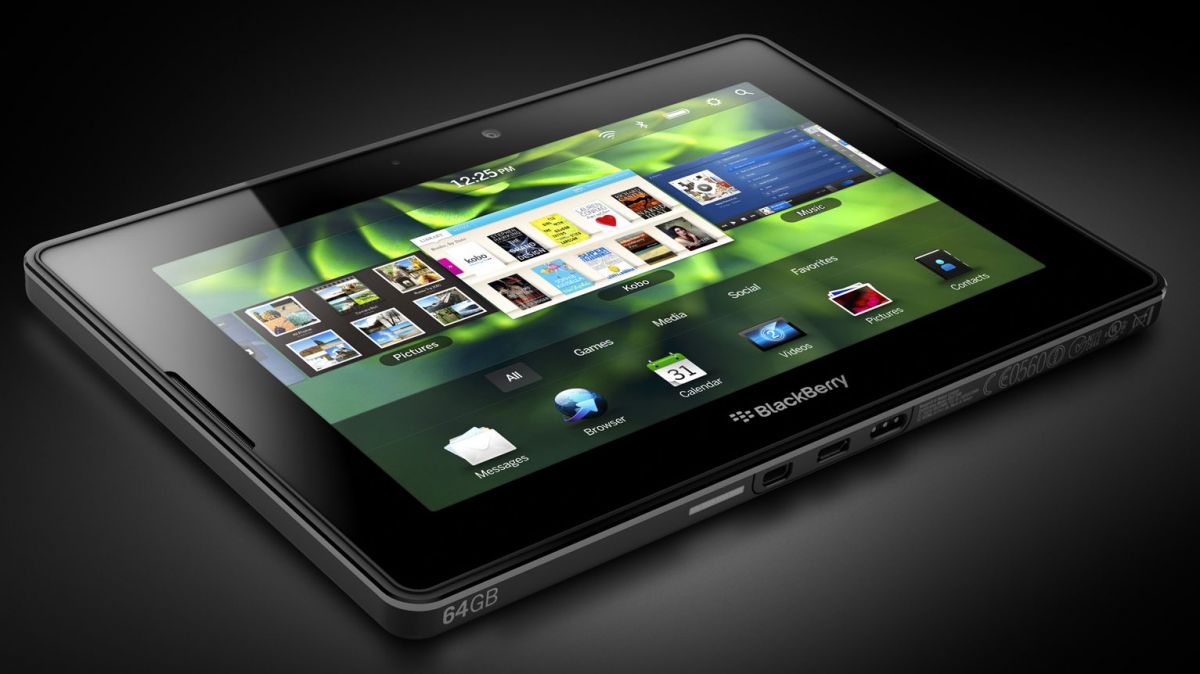
The future is (still) coming
There’s a very good reason why many people think tablets aren’t long for this world: sales are falling. In 2015, technology market analysts IDC said tablet sales would fall by 8%, followed by another drop in 2016 before – perhaps – recovering in 2017.
On the face of it that’s bad news, because the tablet market is really only seven or so years old at most. It took PC sales a lot longer to stagnate in quite such a dramatic fashion.
But it’s not all doom and gloom. Apple keeps rebooting its iPads into more functional devices. Samsung is continuing apace with its Tab range. Google has started to manufacture its own hardware.
Sales might not be booming, but large numbers of tablets have already been sold – and, the present slowdown notwithstanding, many more will be sold in the future. Such is the potential of the platform, that maybe the form factor isn’t going anywhere.
So what, actually, is the future of the tablet?
The short-term leader
If you’re wondering which brand will be at the forefront of the near-future tablet push you don’t have to look far. Apple will continue to sell loads of iPads, although, as we’ve seen, even it’s not immune to the slowdown in sales. Samsung, meanwhile, will maintain its presence in the tablet market – although it’s fair to suspect this isn’t a big focus for the company – as it continues to improve its Tab S range (and they’re not too shabby at the moment).
Apple’s roaring success with the iPad isn’t hard to fathom: riding the wave of users being into ‘an Apple thing’ and combining it with a dizzyingly well-stocked App Store, the Cupertino slate offers a lot – and the price premium that iPads command over the competition doesn’t appear to put many people off. There’s a luxury element to the brand that continues to draw people in.
But there’s a thriving budget tablet market too, with Amazon proving there’s an appetite for very cheap tablets. According to IDC, the company’s tablet sales jumped 175.7% year-on-year from Q4 2014 to Q4 2015, almost certainly thanks to its £50 (US$50, AU$98) tablet.

It seems that, as with smartphones, there’s no real middle in the tablet market, just a cheap end and a premium end.
Apple and Samsung don’t agree
What’s interesting is that while the average consumer might look at dwindling numbers and think tablets are dead, the big brands think we’re just at the beginning. A spokesperson for Samsung told TechRadar: “The tablet is still a relatively young product, but the segment has developed and matured rapidly.
“Tablets were once talked about as replacement devices for other products, but we see their real value as products that complement existing devices and provide easier ways to connect, consume and create during ‘in-between’ time, such as the morning commute, note-taking in a meeting or ‘second-screening’ during your evening downtime.”
So Samsung doesn’t think the tablet will replace your TV/computer/phone/dog any time soon; instead these are additional devices to keep us entertained.
Maybe it’s a sign of the times – apparently people can’t endure even a moment of boredom, and need a tablet on-hand while they watch TV – but it’s a sign that points to enduring demand for slates.
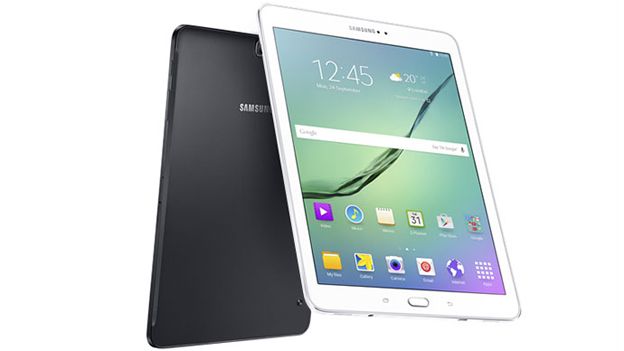
Apple’s Phil Schiller, on the other hand, said in March this year (when talking about its continued investment in the iPad line and rebooting it to the new accessories-laden Pro range), “This is the way we think that personal computing is going.” Evidence of the faith Apple has in iOS as a powerful enough operating system to take on laptops.
The inflection point for old PCs being replaced by laptops is the space Apple is aiming at, targeting those who realise they don’t really need a laptop for anything more than entertainment and browsing, which is where the tablet is so strong. By adding in a keyboard and split screen view, the Cupertino brand clearly thinks there’s a customer base to be targeted.
And then you’ve got the business case: make a device attractive to companies, and you’ve got millions upon millions of potential users – and with scale comes development, which filters into consumer devices too.
Hardened screens? Extra power? More input devices? All come from requests in the business world, and it’s not hard to imagine that Apple will even find a way to bring a mouse-like sensitive input device to the iPad one day (although you could argue that the Pencil is along these lines).
What about Microsoft?
Let’s deal with the elephant in the room: Microsoft doesn’t make real tablets. When it killed off the Surface RT, which used the same basic idea of a mobile chip that Samsung and Apple use in their tablets, it clearly decided that the world didn’t fancy Windows in a slate-only scenario.
There are a number of tablet-only Windows devices out there, but these are largely at the low, low end of the price scale, and aren’t selling in the volumes of the high-end devices that capture the imagination around present-giving time. Windows has struggled on the tablet form factor because it’s simply not been conducive to the feel of the finger… it loves a separate input.
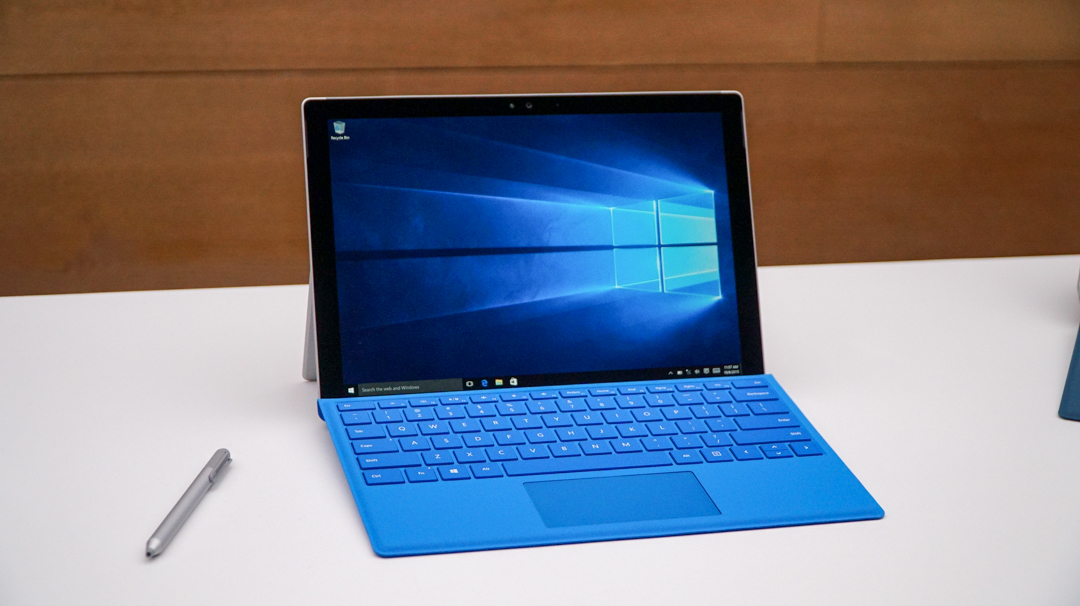
But things don’t actually look bad for Microsoft. Statista predicts that the company’s share will rise over the next few years, from just 3.5% in 2013 to 18% in 2019. Apple’s iOS has pretty much held a 25% share of the market since it exploded with the first iPad, so will Microsoft eat into Android’s share, or that of iOS?
It seems likely that Apple will remain king in the home, but the business market will be more of a keenly contested battleground.
And more good news for Microsoft, despite it not having a ‘real’ tablet, is that the Surface Pro 3 and Pro 4 have been big successes indeed. What Microsoft has done here, however, is take a standard laptop, and hammer all the bits onto a detachable touchscreen.
This isn’t the (short-term) future of tablets – it’s the way laptops are going. People want the portability of the tablet but the power of the laptop, and Microsoft has done a good job of combining these two requirements in a way that hits the mark in terms of productivity.
And this is where the Pro 4 and the iPad Pro differ: the Microsoft device is great for working and good enough for entertainment, while the iPad Pro is a brilliant entertainment device with the ability to offer some work-related skills when needed – and that’s the distinction between genuine 2-in-1 devices and tablets at the moment.
What’s holding back tablets?
One of the big things holding tablets back is the usability of software. An example: many people want to edit videos in Adobe Premiere, and it’s just not as easy on a tablet as on a keyboard-and-mouse device.
This is a factor that’s pulling people towards Microsoft’s Surface Pro 4, which offers a full desktop environment on the go.
App developers need to start creating more powerful software for the tablet platform to help the market become re-energised – and in fairness, things are improving as more premium input devices become available.
Combine that with enough power to rival many laptops – and even some gaming machines – and you can see that tablets are ready to take on the gaming mantle.

In another six years (the same period as since the launch of the first iPad) we’ll have 5G connectivity, giving you the speed to even play high-end games remotely using the stunning screen in your bag.
IDC suggests it’ll be the Surface-style 2-in-1 devices which will be the big winners by 2020. It predicts that devices with a laptop form factor option, but from which the screen can be detached, will grow in number from 6.6 million in 2015 to 63.8 million in 2020; future advances will make the tablet part much more lightweight, while the keyboard base keeps a lot more of the power.
Something else that augurs well for the future of the tablet is the rise of smart home technology, with your slate – a silent, fanless machine of the future – enabling you to control your heating and lighting with an ease that’s not possible with a desktop-bound machine, or a laptop that has to be placed on a lap or other surface.
While phones also offer this portability, the tablet is a device that all the family can easily share – making the slate, rather than the smartphone, the true engine of your connect home.
So what IS the future?
For some people the tablet is already usurping the PC. Kids don’t sit down at computers as much as they used to, but they can use tablets with ease; many schools have racks of iPads or Android tablets.
This is important, because if the school your kids go to offers iPads in a learning environment, then your children could soon be coders too – Apple’s new Swift Playgrounds package its Swift programming language in a way that will teach children how to code, as do services like CodeAcademy. Such initiatives could become a part of the curriculum, and tablet devices will be a key part of that – touchscreens are clearly a big part the future of computing.
The future of tablets is clearly based on devices that offer multiple need-over-luxury reasons for purchase.
The iPad Pro and Surface Pro are very different devices. Both have mid-range laptop price tags and offer a lot of functionality that normal tablets don’t have, but they approach the problem of ‘what is a tablet?’ from very different perspectives.
Apple positions the iPad, especially in its Pro variant, as a machine that can replicate many of the functions of a laptop. Many have found that high-end devices like iPads, the Google Pixel C, the Sony Xperia Z4 Tablet or the Galaxy Tab range are a more than adequate alternative for computers.
The success of the Surface Pro, meanwhile, is partly down to an excellent accessories ecosystem, with a strong keyboard and pen combined with huge amounts of power – it’s a great laptop that can function well as a screen. But as long as Windows isn’t as touch-friendly as the iPads, the Surface Pro can’t be seen as a real tablet device.
The IDC predictions suggest that the Surface Pro inhabits a new world of more versatile laptops that have a tablet component to them, but will need to evolve before it can be considered a true alternative to more conventional tablets.
It’s certainly true to say that tablet sales are slowing across the board. This isn’t surprising in some ways because the form factor is still in its infancy, and many of the tablets sold in the last couple of years are still performing well for the people using them – especially if, as Samsung says, people are using them predominantly as second screens.
Tablets aren’t becoming obsolete as quickly as other gadgets, and there isn’t the impetus to replace them that smartphone contracts create. They’re also still a luxury item, according to Samsung, and so sales figures remain subject to fluctuations in the economy.
To encourage upgrades Apple, Samsung, Sony and others are augmenting new devices with bundles of power, keyboards and mouse inputs – and they’ll also need to keep developing the software to make it both finger friendly and powerful enough to enable slates to function as a desktop and laptop replacement devices.
You’re more likely to upgrade your iPad 2 if whatever you upgrade to can replace your laptop too. And when brands solve the issue of being able to input with a finger and mouse equally well, and deliver a steady stream of brilliant and powerful apps to replace desktop software, then we’ll see tablet sales start spiralling upwards.
Source: techradar.com





































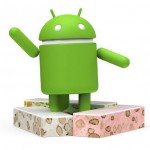



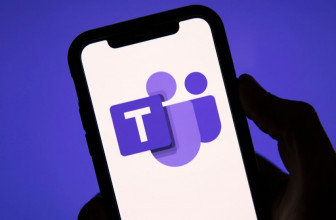
Your analysis is interesting but incomplete. The operating systems must converge their functionalities and ranges of hardware offerings until they become interchangeable. Currently there are no iPads with general file mangement, secure Android tablets, chrometablets with Windows-like business functionalty, Windows with always simple touch UI, Intel CPUs having the features of Apple or ARM CPUS, Windows tablets with both iPad-like displays and build quality, or light tablets with displays as outdoor-friendly as of ruggedised tablets. Besides, the advanced hardware user cannot use a tablet or 2-in-1 for all tasks because he needs more speed, a real keyboard or a real monitor. –robert jasiek
No, I don't expect tablets to take over. (I did, though.)
I expect some wearable (smartwatch, set of rings, something implanted?) to take the processing role, with voice and in-air gestures as input and /maybe/ some (foldable or rollable) screen as an output for data that is not suited for 3D viewing.
That is essentially projecting past news (and some inside-out motion capture) into the near future, say five to ten years to go mainstream.
I do see continued use for the tablet (roughly Letter-sized, easily re-oriented, touchscreen input on demand), but not as the dominant device.